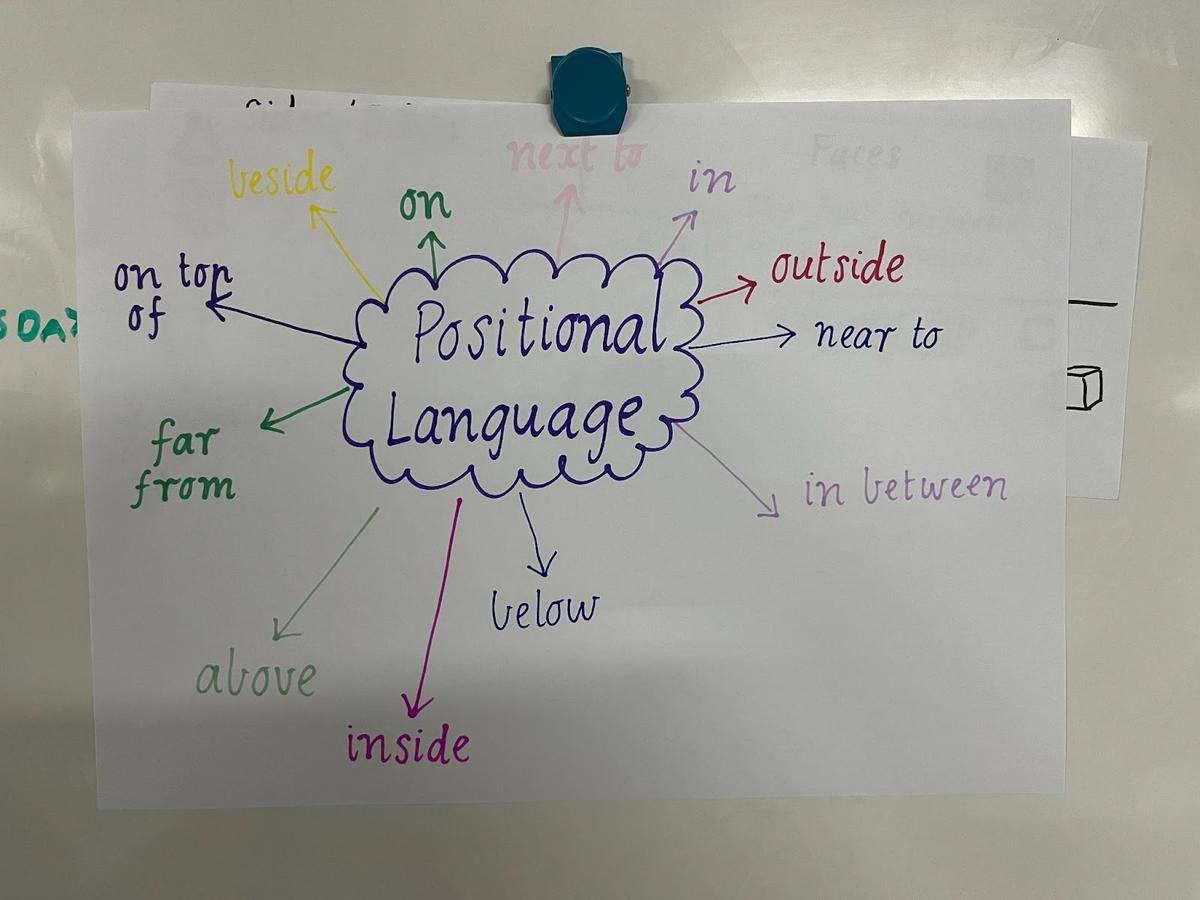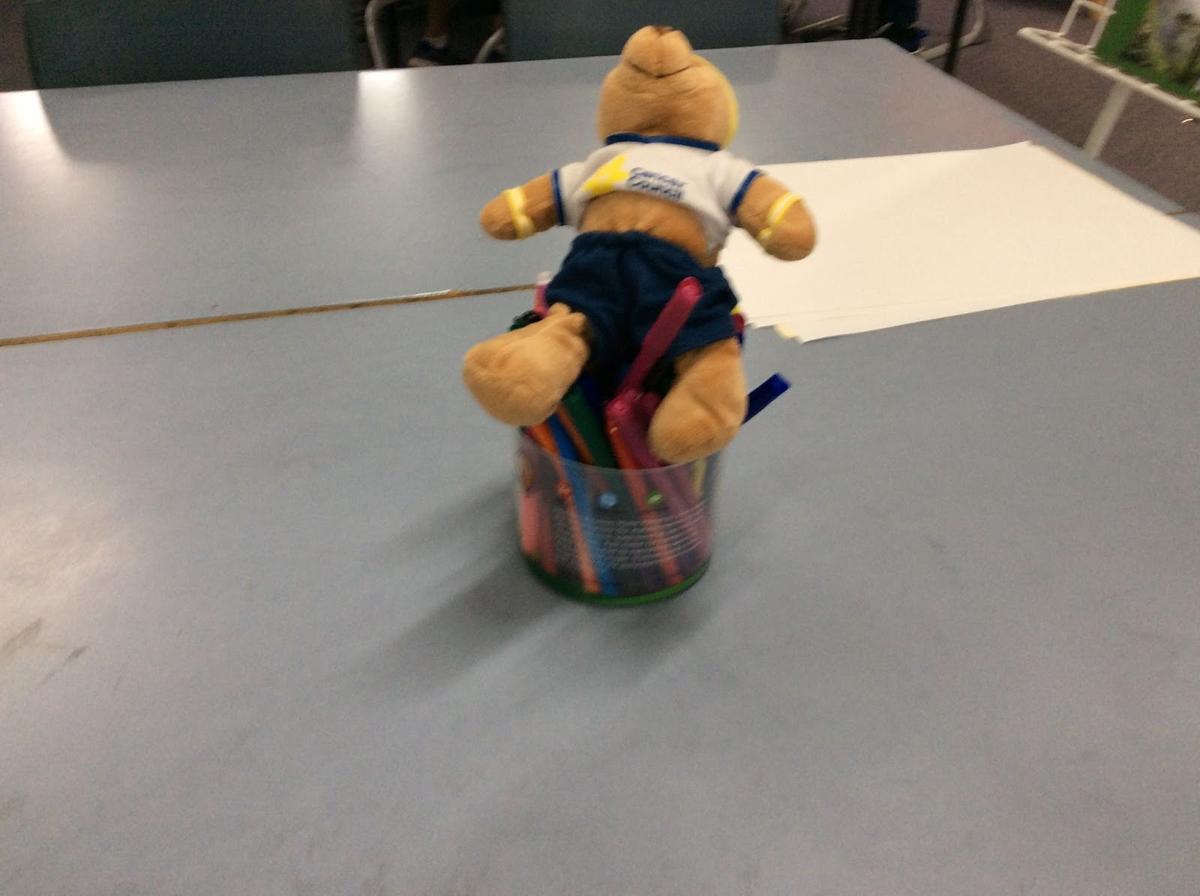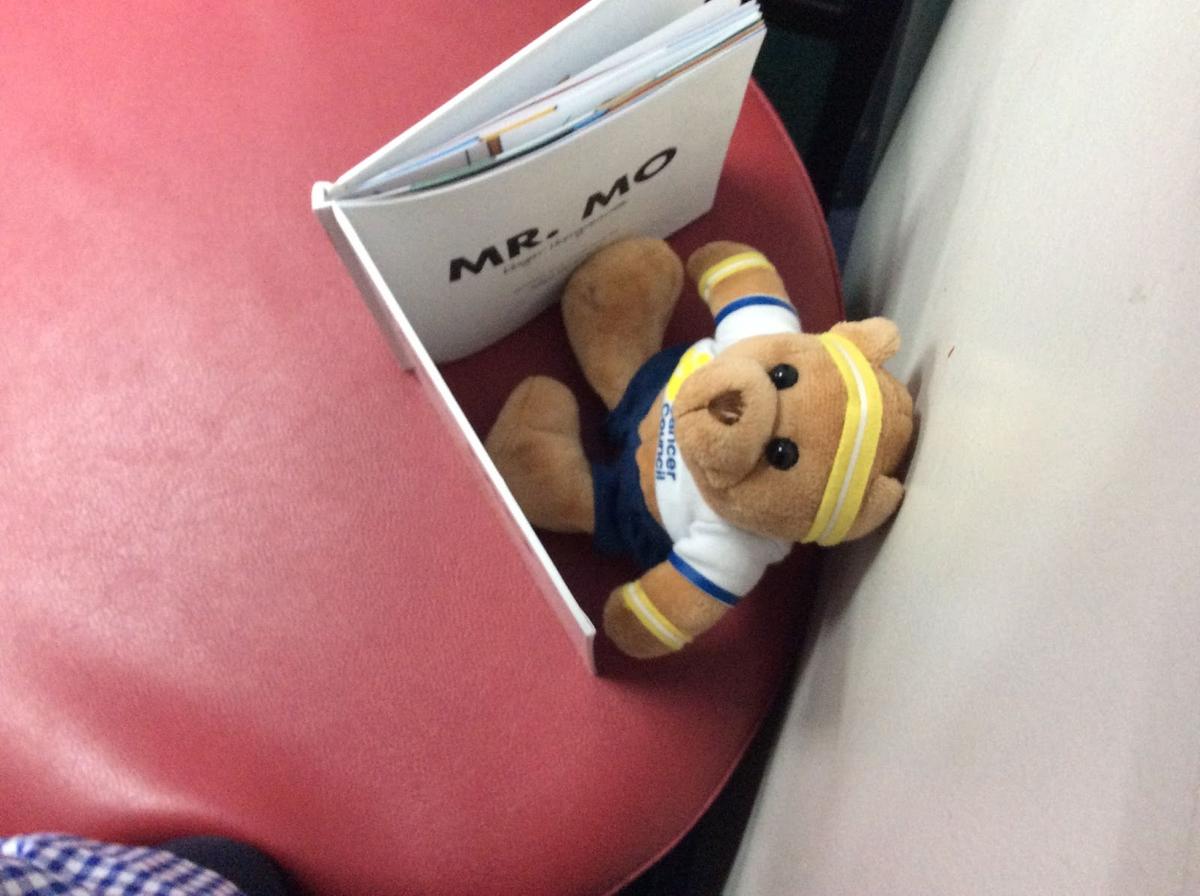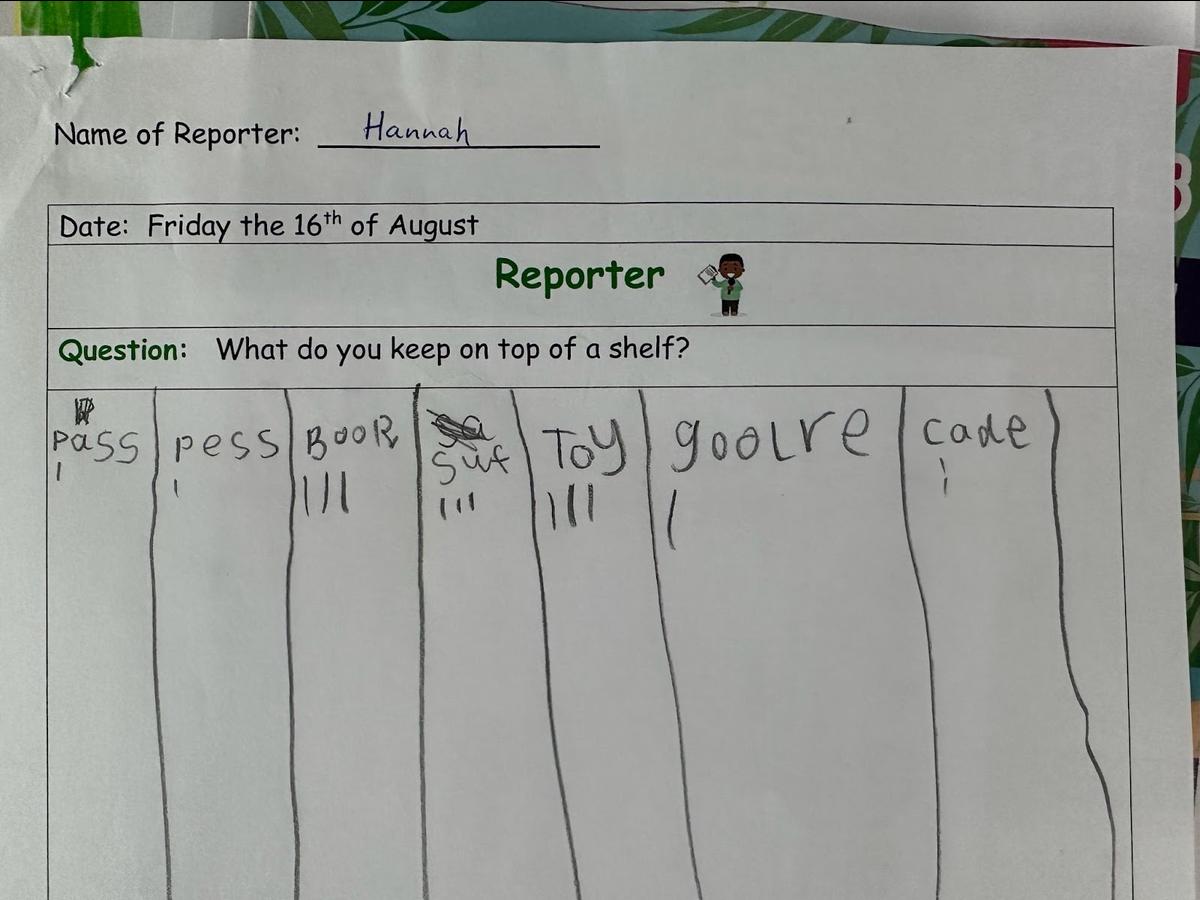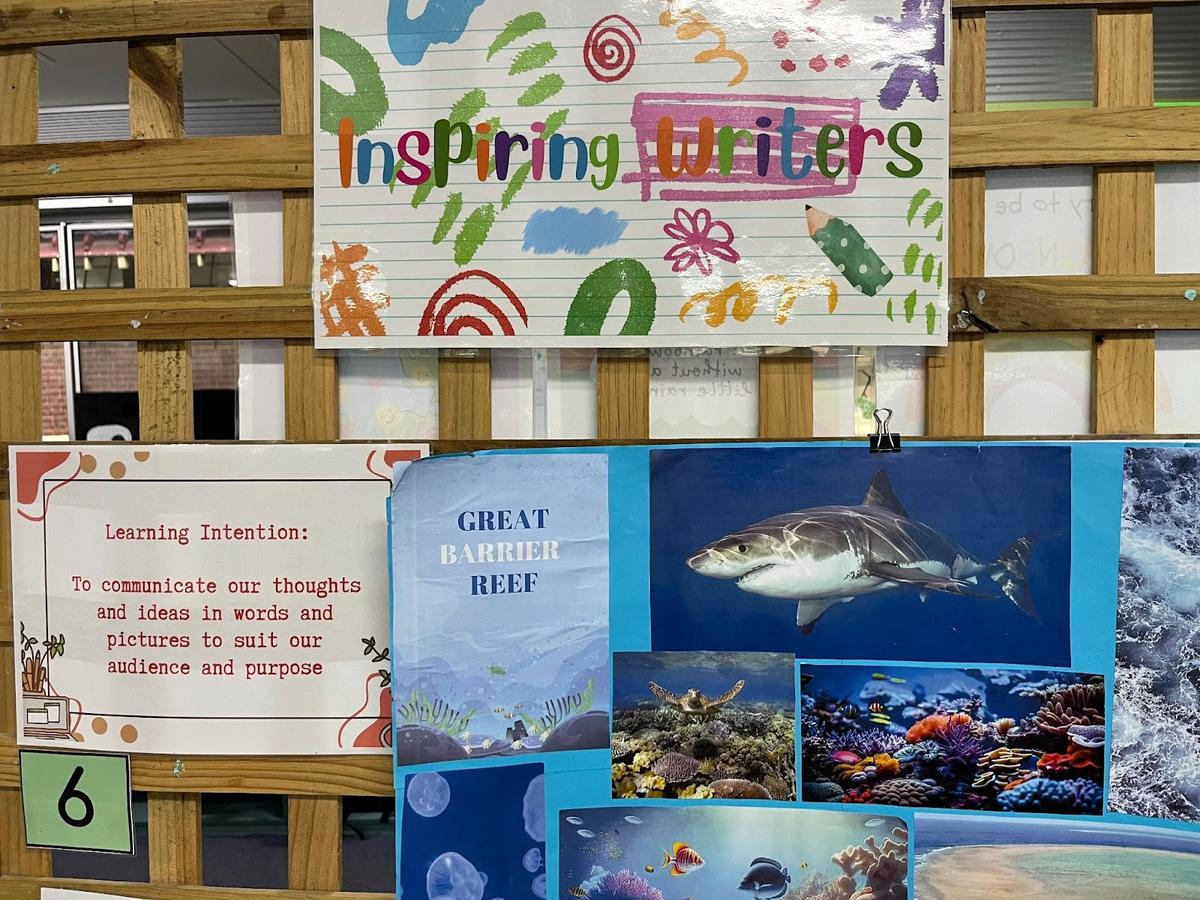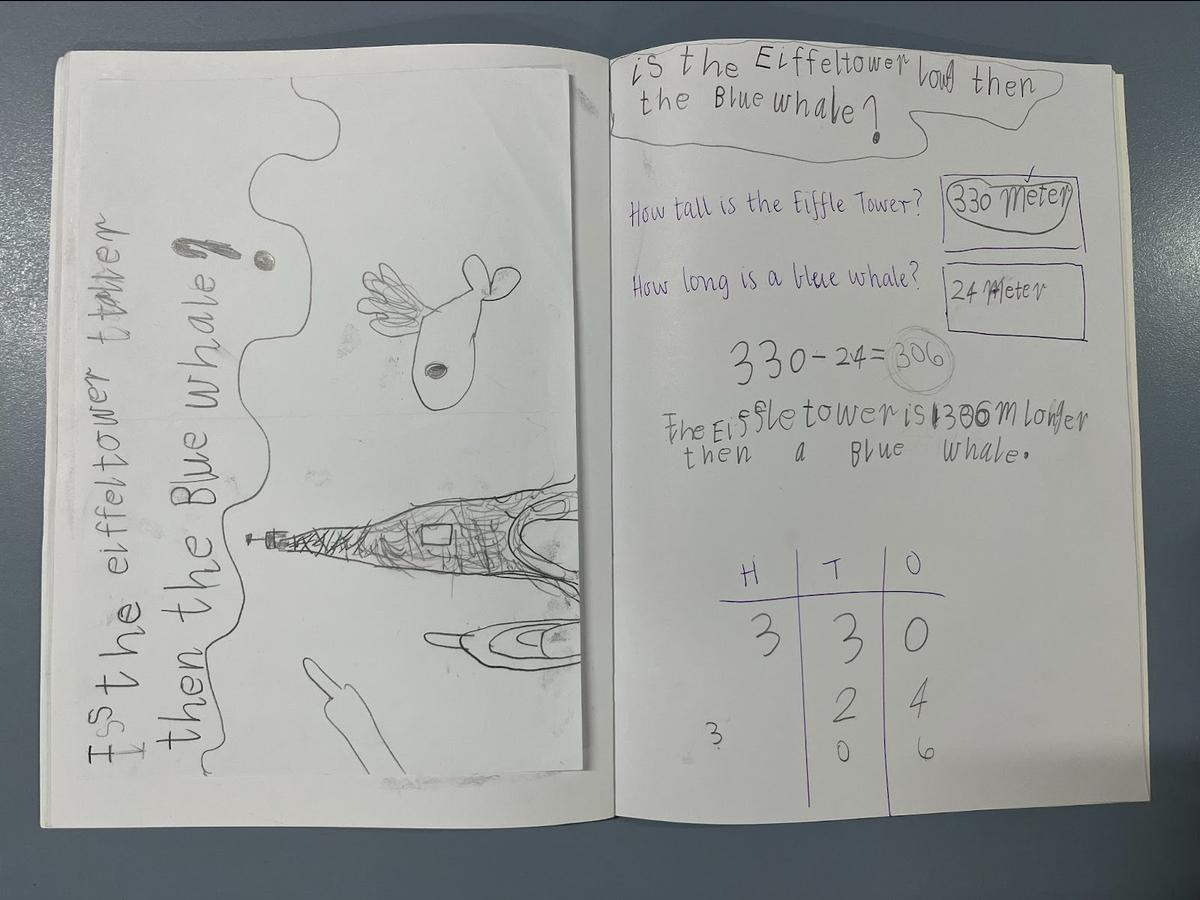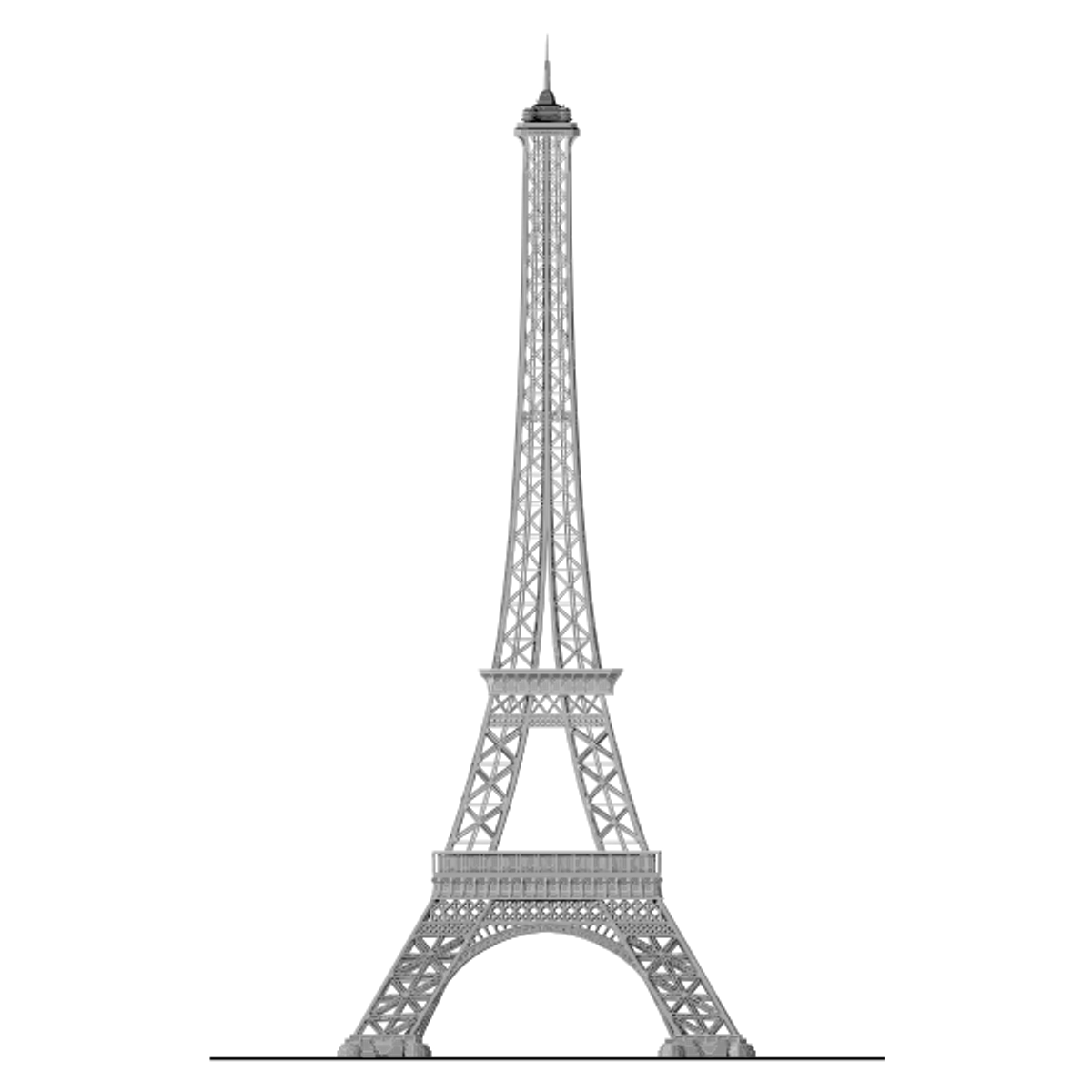Year 1 Bulletin

Investigations
Learning Intention: Exploring the use and meaning of positional language.
Learning Experience Overview: Every Monday, Wednesday, and Friday Grade 1 spend their mornings engaged in their Investigations. This involves approximately ten stations where students practise a variety of skills whilst completing a range of activities. This session, while students investigated at their stations, their focus was on positional language. Students were prompted to observe how, when and why they used positional language.
Whole:
Our session began with a whole class discussion. As this was the beginning of a new topic for students, we began by brainstorming what we already knew. This formative assessment of students’ existing knowledge and understanding assists teachers to adjust planning for the topic accordingly.
After, the class sat in a circle. Students were asked to draw a positional language vocabulary card from the stack and move the teddy bear accordingly in relation to the box.
Prompts
- What do we think positional language is? If we do not know, what clues can we use? Underline ‘position’.
- What positional language do we already know?
- Where am I standing? Where am I standing in relation to…?
- When do we use positional language? Why?
Our three Focus students then spent 5 minutes each talking to us about their focus item or question. Each student aims to talk about the 5Ws – Who? What? When? Where? Why? – in relation to their focus.
After, our Reporter and Photographer were tasked with an activity which they were to complete before joining their Investigations station. The task was linked to our learning intention for the session.
Darcy photographed a teddy bear in different positions around the room.
Hannah collected data reporting on what her peers keep on top of shelves.
Small:
Students selected which station they would like to work at for the session, guided by the learning intentions and anchor charts clearly displayed at each station.
While the class investigated, the teacher worked one-on-one with each Focus Student. Focus students led the research by deciding what they would like to know and how they might find out. Teachers then took this time to work closely with the Focus Students on the maths focus for the session.
Poppy’s focus question: What is longer, the Eiffel Tower or a Blue Whale?
How Poppy achieved this:
- She thought of another large object, the Blue Whale.
- She used an iPad to research how many metres long both of these large objects were and wrote the measurements in her book.
- She used MAB blocks to represent how many metres long each object was.
- She placed the MAB blocks side-by-side for comparison.
Poppy summarised that the Eiffel Tower must be very big as it is much larger than a Blue Whale!
Whole:
Share & Reflect:
We gathered again as a class at the end of the session to hear about the Focus Students’ research, as well as that of the reporter and photographer. Here, teachers are looking for oral and presentation skills, including:
- Eyecontact
- Body language
- Oral language
- Articulation
- Questioning
How you might like to continue learning at home:
Be curious and inquisitive about the world around you! Ask questions. Think outside the box!
Stef, Georgia, Cliodhna & Hayley 🙂
Year 1 Team
Stephanie.Lampard@education.vic.gov.au
georgia.kargiotis@education.vic.gov.au

